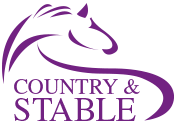Horse Travel Equipment Checklist
Jun 7th 2024
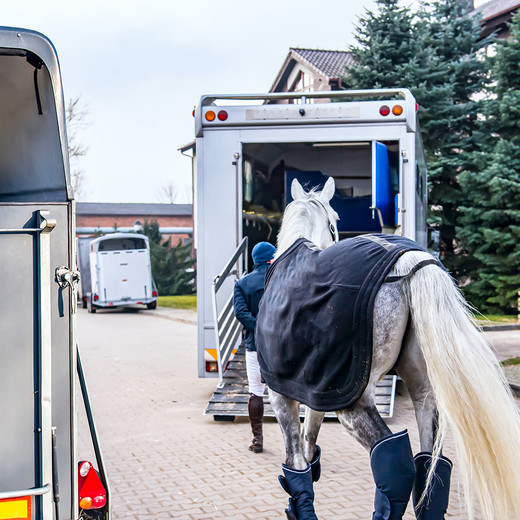
Travelling your horse is something that is likely required at some point for all horse owners. Before you set off on a journey, you may question what equipment you need when travelling your horse? Here is a handy horse travel equipment checklist to help make your horse’s journey as smooth and comfortable as possible.
First up are some factors to take into consideration:
- Time of year.
- Temperature on the day of travelling.
- Length of journey.
- Travelling in company or alone.
- Whether the horse is a good traveller or likely to get stressed.
- The type of horse transportation.
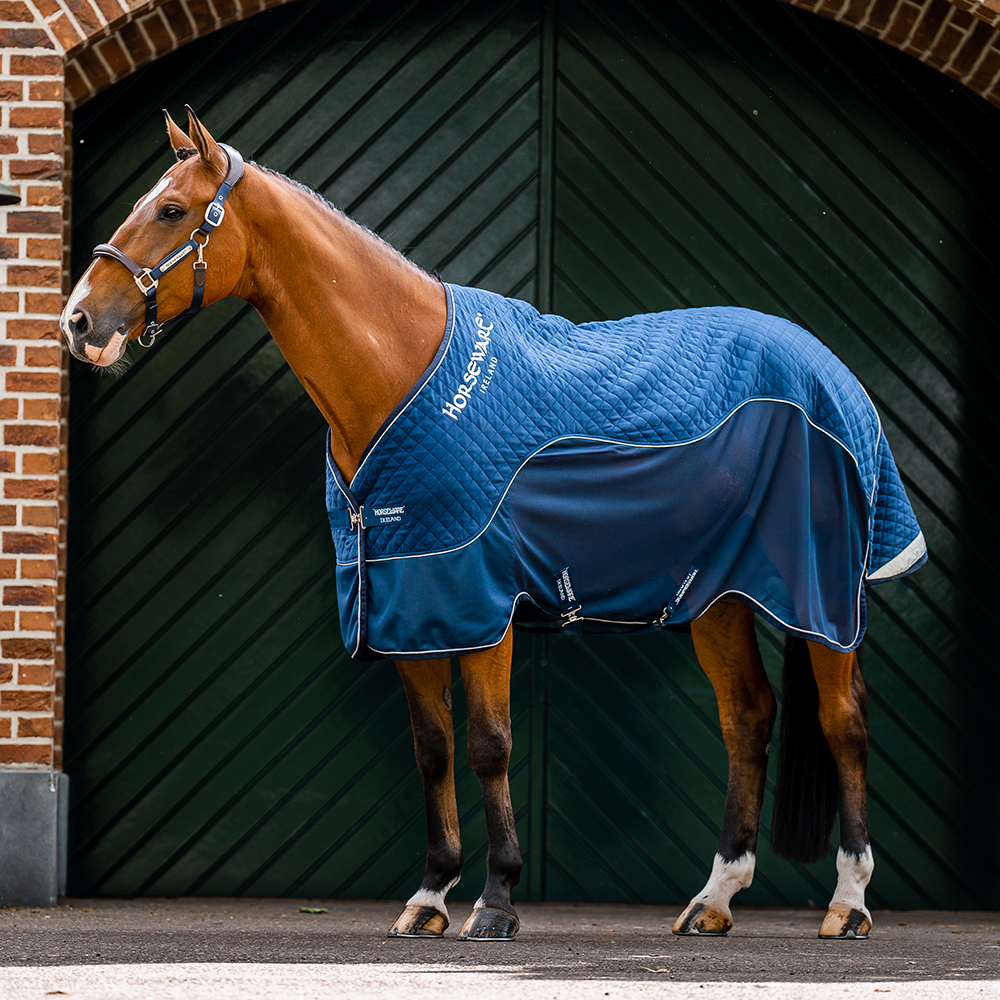
Essential Horse Travel Equipment
Travel Rug – There are a variety of factors to consider when choosing a horse travel rug. To name a few; outside temperature, distance travelling and other animals on board. Too cool is preferable to too warm, as horses use energy while keeping their balance during transit.
A travel rug can serve several purposes; they can keep your horse warm, wick-away sweat, keep your horse clean and help avoid minor scrapes or wounds caused by travelling. The Horseware Travel Rug is an excellent choice if you are looking for a dynamic rug to keep your horse comfortable whilst travelling.
Travel Boots or Bandages – Bandages or travel boots are essential for protecting your horse’s legs and hooves. We all know too well that accidents can happen. There is the possibility your horse may kick or knock against the sides and get trapped under partitions. If you’re looking for premium protection horse travel boots that are highly breathable, then check out the Premier Equine Airtechnology Knee Pro-Tech Travel Boots .
It’s important to ensure your horse is comfortable and confident wearing any travel boots and they are correctly fitted and secure. If bandaging your horse for travelling, it is paramount you know how to bandage correctly as you risk damaging tendons or the bandages coming undone whilst in transit.
Headcollar & Leadrope - Always use a well-fitting headcollar ideally made from leather, as these can break under extreme pressure and can be cut should your horse become trapped. Attach with a good quality lead rope and tie using a quick-release knot to a piece of baler twine. This will allow quick and easy release in an emergency.
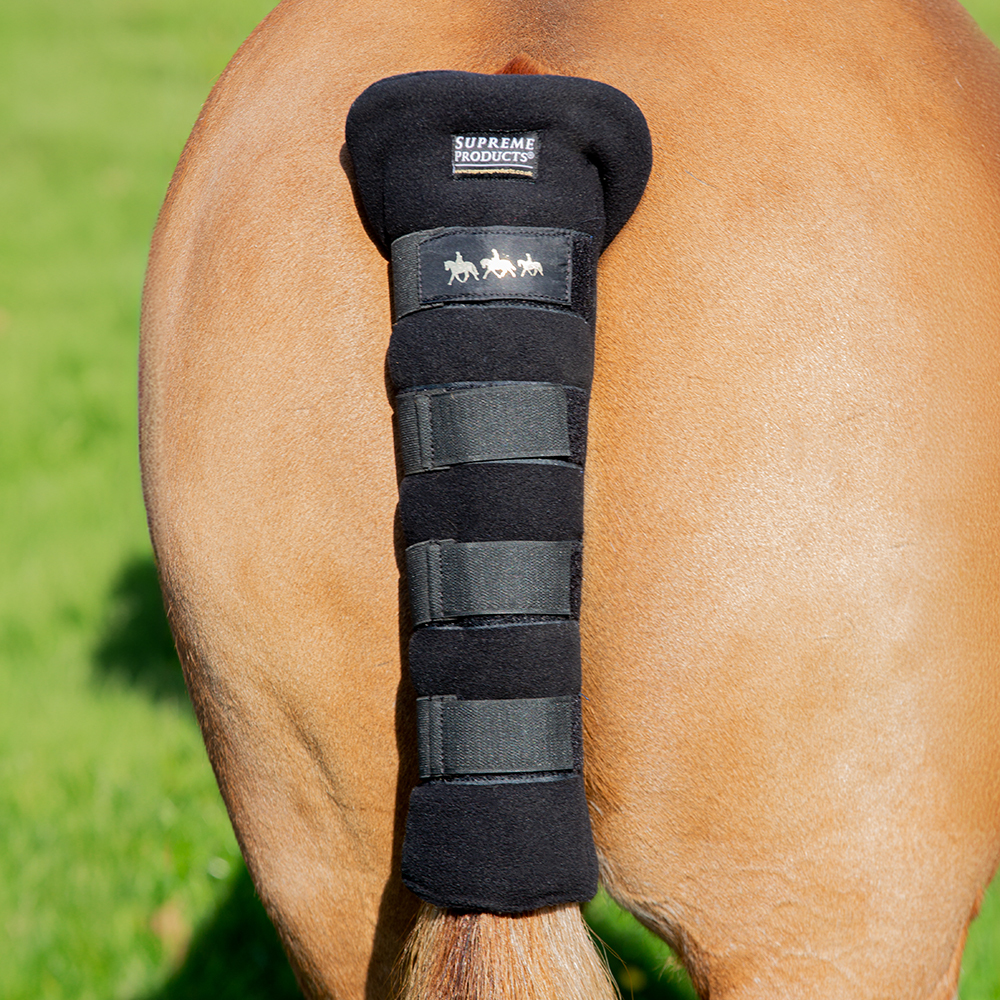
Tail Bandage or Guard – Protecting your horse’s dock is extremely important as this is an extension of your horse's spine, so a padded tail guard, like the Woof Wear Tail Guard , is preferable. You can use either a tail bandage or a guard or a combination of both depending on your horse's needs. If you have a particularly messy horse, you can choose a tail guard with a bag to keep them show-ring ready!
Poll Guard – Not required by all, a poll guard can be useful for horses who tend to become unsettled or those who are unbalanced. These are padded pieces of leather or foam that slide onto the headpiece of the head collar and protect the top of the head from injury.
what to pack in your horsebox or horse trailer
Water – Ideally, you should carry a minimum of 25 litres. If travelling your horse long distance, it is crucial to offer water at regular intervals.
Haynet and Feed – Two haynets using your own hay and feed means there is no sudden change in diet.
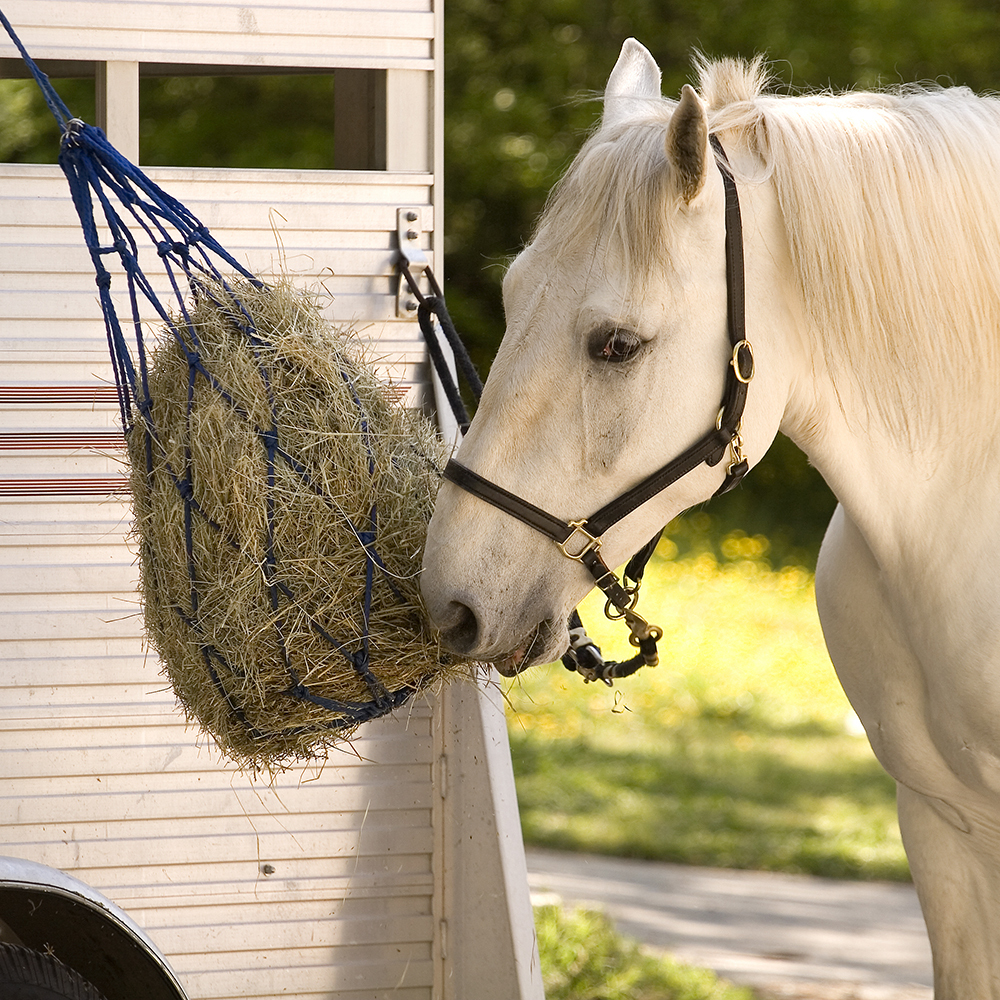
Buckets – Two buckets: one for drinking, one for washing off, and their usual feed bucket or bowl.
Small Skip – Perfect for keeping your horsebox or trailer floor clean and clear of muck, which could become slippery if left. The Red Gorilla Teenie Tidee with Short Metal Rake and Broom is perfect whilst on the move!
Grooming Kit – Depending on where you are travelling to will depend on the extent of your grooming kit, but the most imperative item is a hoof pick.
First Aid Kit – Having both a human and horse first aid kit on board is vital in case of any emergencies.
Spare Headcollar & Leadrope – A spare headcollar or lead rope is always handy in case of any breakages.
Passport – It’s illegalto transport your horse without its passport and you could receive a fine if you are unable to present it.
Emergency Rescue Cover – Keep documents in the vehicle.
Top Tip: have duplicate items and always keep them in the trailer or horsebox. That way you will always be prepared, especially if you need to make an unexpected trip.
As a horse owner, it often feels like your list of needed equestrian equipment and horse tack is endless. To ensure you have all the essentials for travelling with your horse, look no further. You can find everything you need online at Country & Stable, ensuring your horse’s journey is safe and comfortable.
